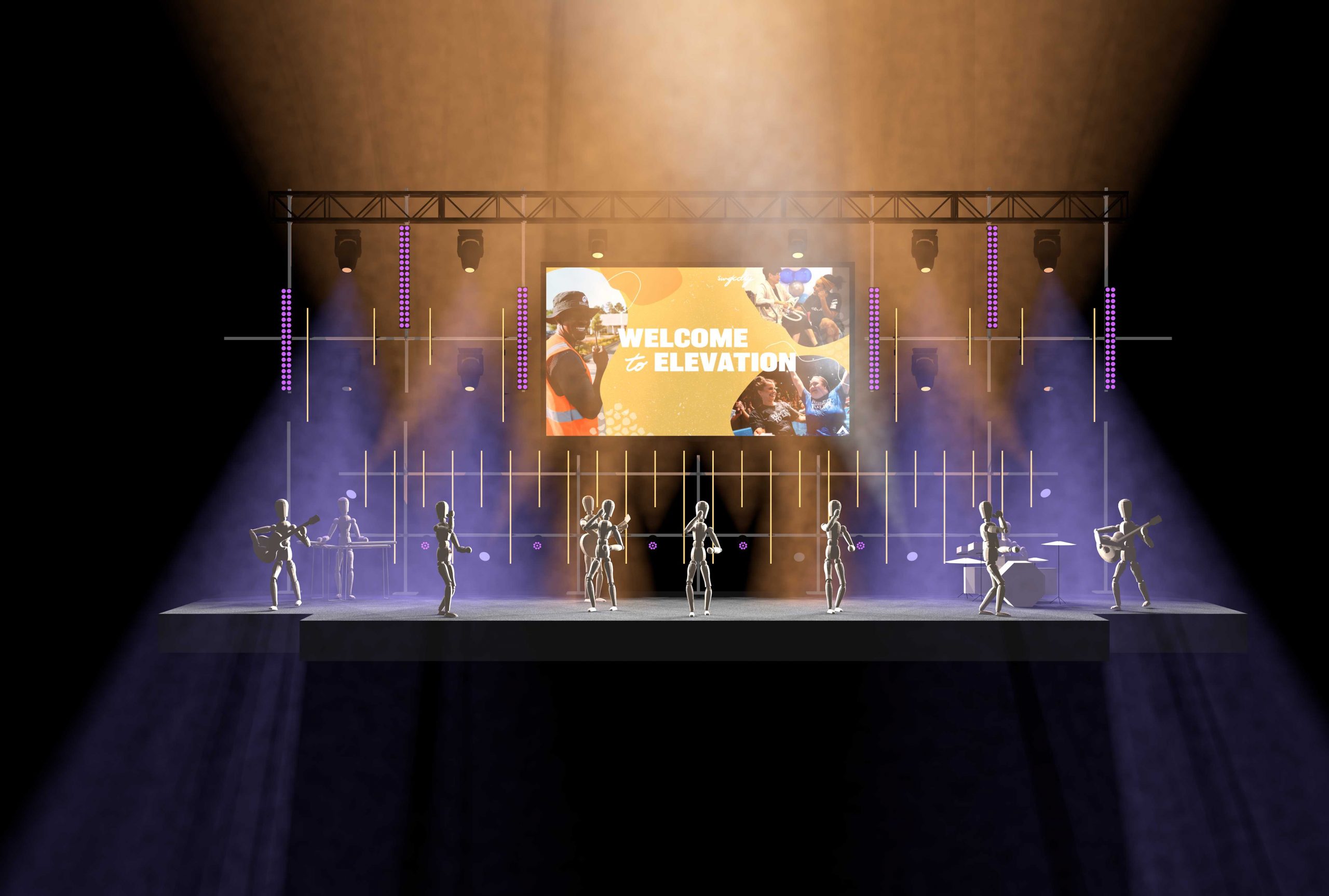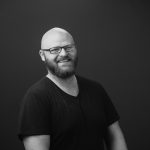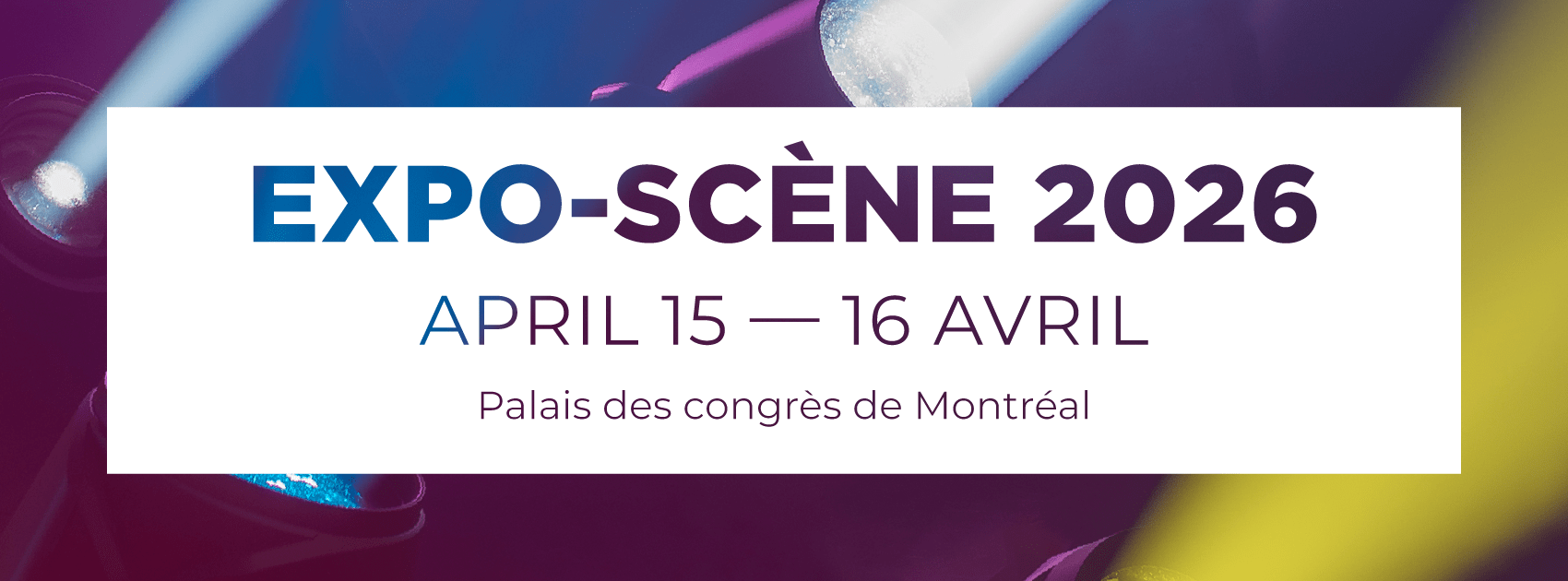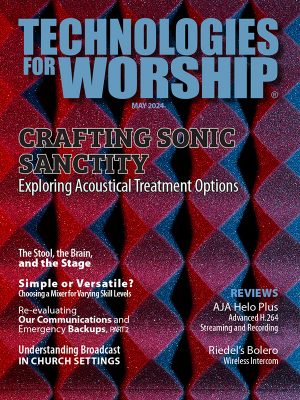
by Matt Hemmele
Whenever you enter an organization there is this internal pressure, drive, initiative, etc., to contribute as fast as possible and help push the organization forward. It’s natural, it’s healthy, and it should be something we embrace; however, contributing can take on many forms. It is incredibly important to avoid the temptation of implementing changes without the calibration of learning the systems as they are and identifying pain points that need to be solved. I would like to break down four main disciplines I have found very helpful when helping push something forward inside an organization:
1/maintain what exists
2/identify pain points
3/do your homework
4/implement change
Each of these disciplines funnel into one another, they also are not hard and fast rules, but rather guidelines to help give some idea and direction towards moving the needle from here to there. Let’s dive into it.
Maintain what Exists
One of the best strategies when not only coming into an organization, but as an ongoing discipline, is to maintain what currently exists. This somewhat takes the pressure off to initiate change and improvements as this step of the process is to simply observe and report. During this time you are learning how the current systems are built, building relational equity with volunteers and other team members, and stepping into areas where you notice a deficiency.
I joined the team at Elevation in 2017 and took over the lighting role early 2019. I barely knew MA, was clueless how our lighting systems worked, and had very minimal training into our support processes. I was in over my head and operating at a severe deficiency. In order to close those knowledge gaps my strategy was simply to maintain what currently exists and capitalize on every opportunity to learn.
Knowing that some of our volunteers were more experienced in MA than I was at the time, there would be moments where I was the student, and they were the teacher. There would be some campuses I would program, and the operator would give me some feedback on how to keep the showfile clean and how to program around the quirks of some of our fixtures.
This does not happen without making myself available, placing a high value on relational equity, and having an always learning mentality.
A particular pain point that I was not quite yet aware of were the moving spots at our broadcast campus. Being in a maintenance mode allows the opportunity to gather information, collect data and ultimately move into the next step of the process.
Identify Pain Points
Easter of 2022 I was moved into our Broadcast LD position and brought over to the Ballantyne campus, which is our main broadcast location. There were two major projects that I wanted to tackle, replacing our spot fixtures, and leveling up the renders we were producing.
That year, Andy Bentley had tasked me with creating a way to have photo-realistic renders. This was based on a pain point regarding the vision casting and pitching process of stage designs.
We wanted the ability to go so far as to be able to put VR goggles on someone and drop them into the stage design so that they could get a very accurate view of what the design would look like.
Vectorworks is a great software that we rely on for just about every single project; however, as good as the renders can be, they fall a bit short and are very time consuming to produce. Additionally, we were needing to bring video sources into MA3d which was also time consuming and did not give us a full picture or playback of the content. We could visualize, but not with video; we could render, but not quickly; and neither systems were at the level of quality we were looking for.
At the same time we were developing our render systems we were getting very critical with our pain points regarding our moving spot fixtures. We narrowed down the pain points to about five arguments for replacement.
- Yearly Lamp Cost
- Repair Cost
- Power Consumption
- Fans added +15dB to the noise floor above the stage
- Weight
These pain points were not only helpful in creating a pitch to replace them, but also helped guide our search for said replacement. We wanted an LED engine, low power consumption and power pass through, low noise, and lightweight enough for one person to hang the unit.
Once pain points have been identified, it’s time to start working on the solutions to those problems.
Develop Solutions
There is a book by Jim Collins called “Great by Choice” and in it, he talks about firing bullets then cannonballs. In order to develop great solutions, you need to calibrate them (bullets) before going all in (cannonball). To solve our moving spot issue, we needed to really do our homework so that we were able to make a calibrated solution that would set us up well for the next 7-10 years. Before we fired the cannonball of a major gear purchase, we calibrated using bullets.
First on the calibration list is to do our homework by researching the top five or so lighting companies and getting an idea of their product lines. Look and see what fixtures all the major tours are using; check out what is readily available in stock at rental houses.
Once we had our list narrowed down, we requested demo units and saw what the fixtures looked like in our room going up against our current equipment, narrowing the list down further. We were then able to do a full scale “demo” by renting in whole lighting packages of a couple of the final fixtures we were looking at.
Finally, when we were down to the fixture we were going to go with, we did one final demo between our fixtures and one other unit that was a series higher than the fixture we were going to go with. We really wanted to ensure that the trade-offs had a high return on investment in the coming years. Once calibrated, we fired a very large cannonball and have seen a drastic improvement in our overall capabilities and stability as we are no longer having constant failures on Sunday morning.
We had moved to MA3 hardware in 2021 and were really eager to move onto the MA3 software. Enter Depence. Depence gave us the ability to link all of our systems together under one platform for rendering. I can bring in NDI from Resolume, DMX from MA, and an .mvr file from Vectorworks and have a render that is not only incredibly beautiful, but insanely accurate in real time. And the coolest part is I can put VR goggles on someone and drop them into the space so they can get a sense for what they are going to see.
Implement Changes
Implementing changes can sometimes be the follow through after a really solid swing. However, this has the tendency to be the thing that gets the least attention simply because the first three steps are incredibly resource intensive. Once you get that approval or that system signed off on, it is easy to feel like you crossed the finish line; however, in a lot of ways, the journey is really just beginning.
I remember opening the Depence dongle and installing it on the PC and feeling the weight of expectations: I fought for it, so I had better use it. A system that was originally intended for maybe four or five projects a year has become the foundation, and in some cases the presentation standard, for any design changes or projects happening at our broadcast campus. It is a tool I use in combination with Resolume, MA3, and Vectorworks almost daily.
We had ended up purchasing 24 Ayrton Diablo fixtures to replace the current spot fixtures which gave me a wide range of options when it came to the design process. To speak to this process being a constant cycle, we had another possible pain point that was starting to pop up.
We do a ten-minute pre-experience before each main experience for our Online campus. Many of those segments were being done inside of the auditorium and therefore needed adequate key light all over the room. I hung eight of the Diablos around the upper bowl that covered not only our crowd light, but also served as key and hair light for just about any location in the room.
Innovation often comes on the heels of bringing solutions to problems. It can be as simple as that. I try not to look in the rear-view mirror too much; however, sometimes it is good to look back and see just how much progress has been made. It can be easy to get stuck in the now and in the doing, which can lead to feeling like there is progress being made. Take a look back, check your time hop, or scroll back in your photos and appreciate where you are by knowing just how far you have come. Happy Programming!
 Matt Hemmele has been doing production in the church for over 15 years, specializing in lighting. In 2007 he attended an arts conference at Willow Creek and was given a picture of what lighting design could look like within the church. He spent the next 15 years working within the church, 10 years at a church in his hometown, Peoria, IL. In 2017 Matt and his wife moved to Charlotte, NC to be a part of Elevation Church, where he has spent the last five years learning, growing, developing, and being a part of all that God is doing in Charlotte and around the world. For Matt, it has been an absolute dream, getting to do lighting for such an incredible ministry.
Matt Hemmele has been doing production in the church for over 15 years, specializing in lighting. In 2007 he attended an arts conference at Willow Creek and was given a picture of what lighting design could look like within the church. He spent the next 15 years working within the church, 10 years at a church in his hometown, Peoria, IL. In 2017 Matt and his wife moved to Charlotte, NC to be a part of Elevation Church, where he has spent the last five years learning, growing, developing, and being a part of all that God is doing in Charlotte and around the world. For Matt, it has been an absolute dream, getting to do lighting for such an incredible ministry.




